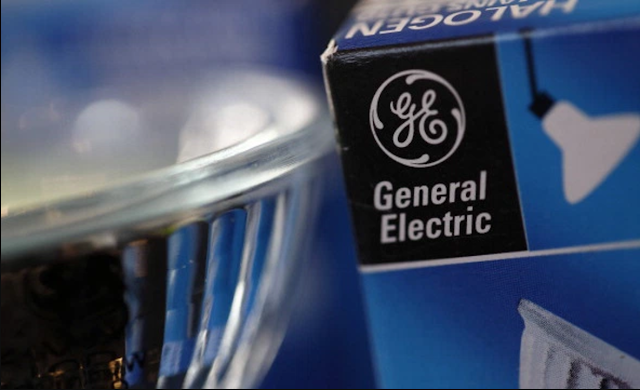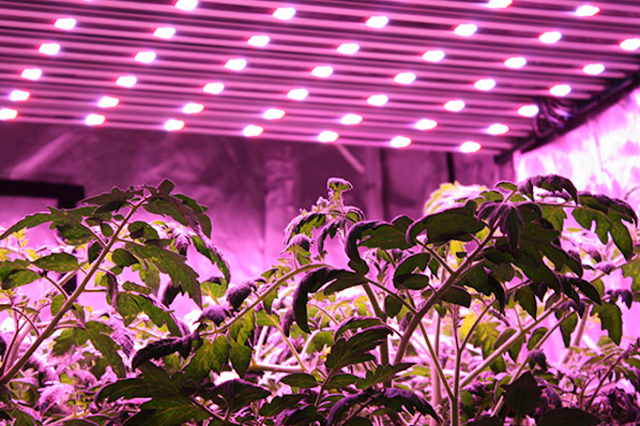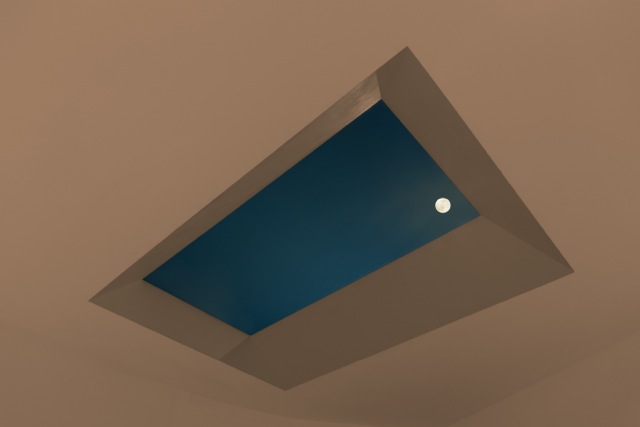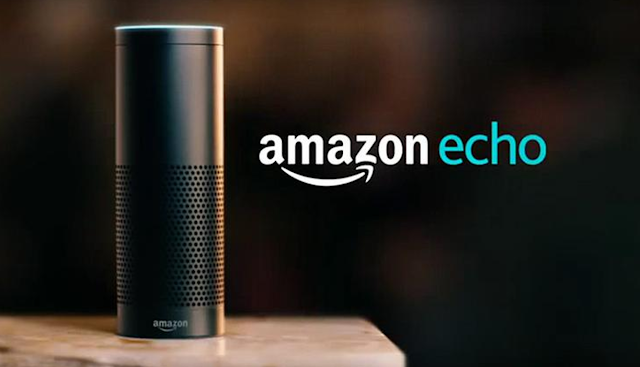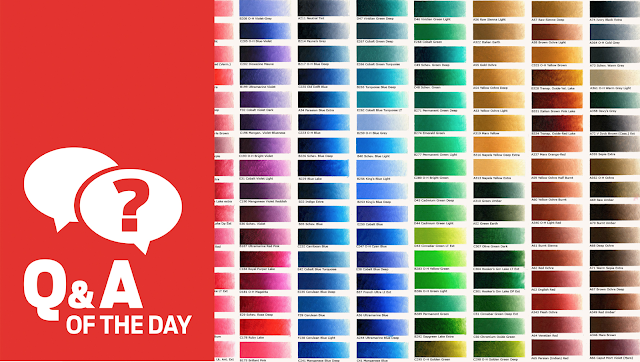Chiltern Railways zaps energy binge with LED overhaul
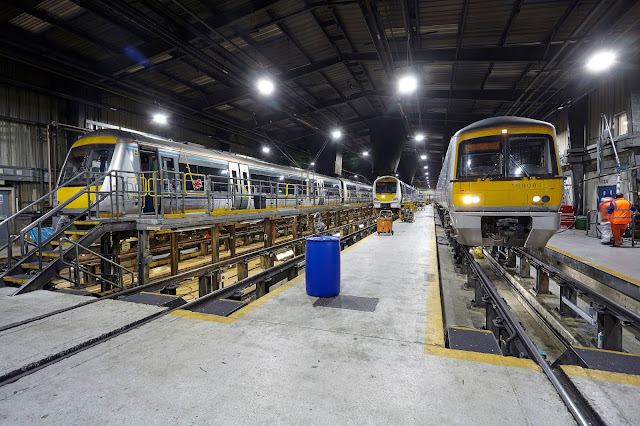
LED highbays installed at the Wembley and Aylesbury maintenance depots delivered a 67 per cent and 48 per cent saving in energy consumption respectively. A mix of LED amenity, street and area lighting products were installed to deliver optimum illumination at Chiltern's Wembley station. Chiltern Railways was in desperate need of a cost slashing innovation to reduce energy usage and an inventive application of LED technology offered the answer. The Arriva owned company has updated the internal and external lighting at three major stations, Wembley, Aylesbury and Stourbridge in the south of the UK. Energy-intensive 400W highbays at the Wembley and Aylesbury maintenance depots were replaced with hooked LED highbays in a range of wattages and a sustainable, higher efficiency, longer lamp life replacement for traditional 2D bulk heads, was installed in the staff shower and toilet facilities at Wembley. The offices on both sites were kitted out with ultra slim ce
